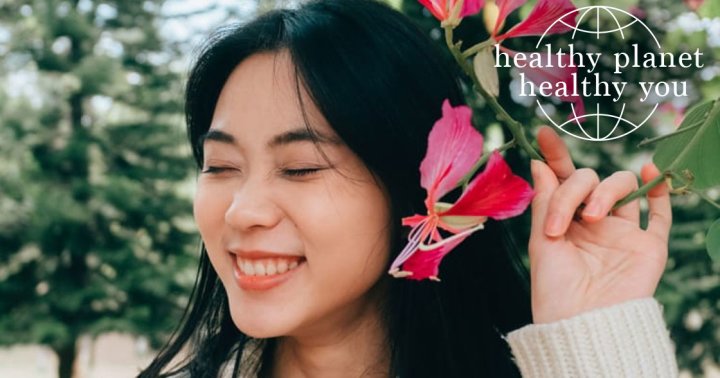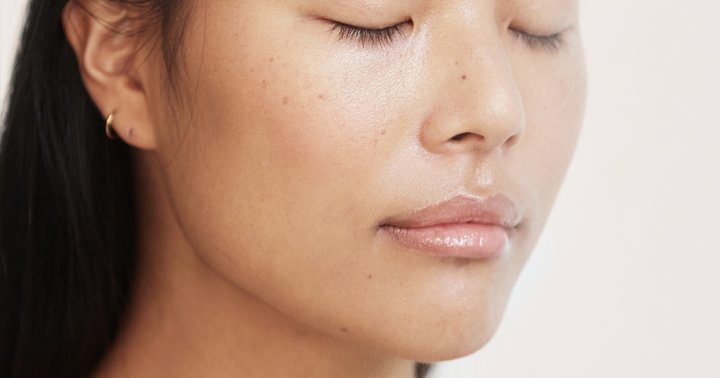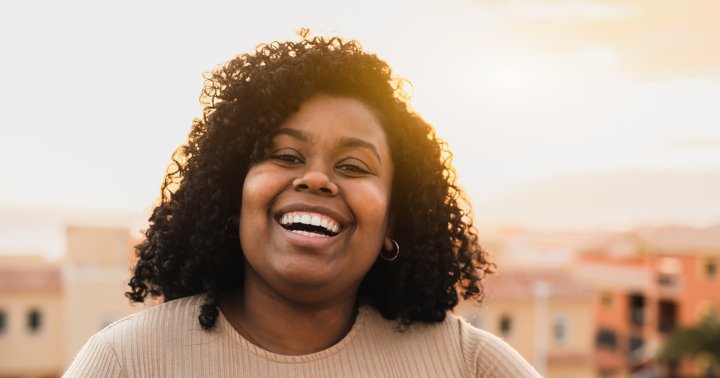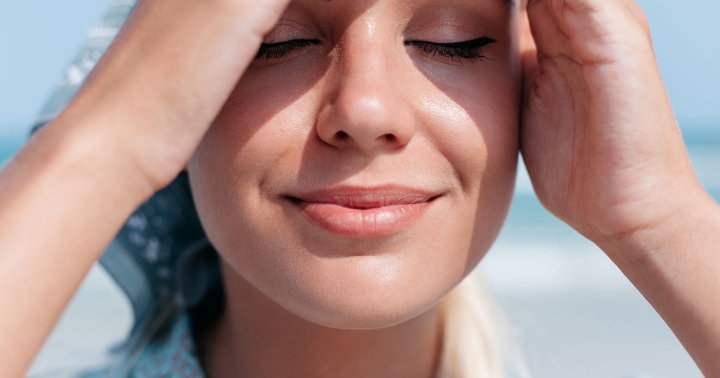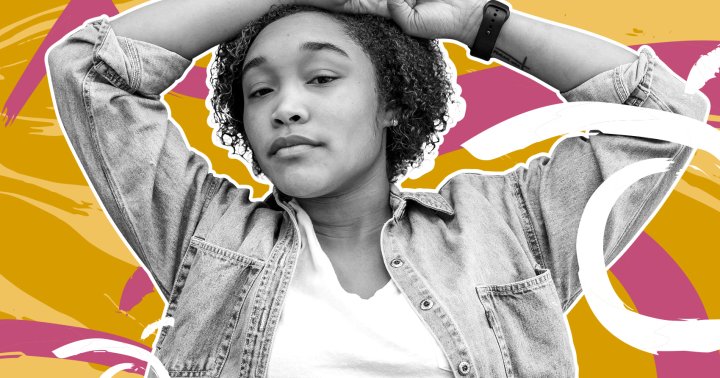Hurdler Pose: Embracing the Challenge of Eka Pada Koundinyasana II
The post Hurdler Pose: Embracing the Challenge of Eka Pada Koundinyasana II appeared first on The Yoga Nomads.
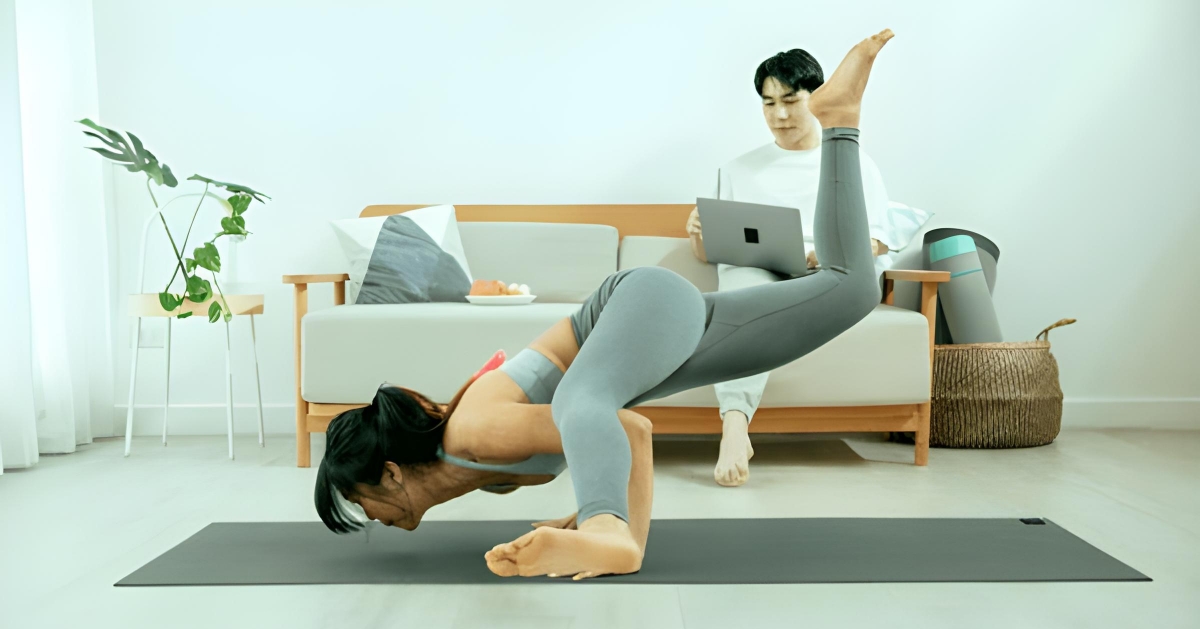
Key Takeaway
Eka Pada Koundinyasana II, also known as the Hurdler Pose, is a challenging yet rewarding yoga pose that offers numerous benefits, like improved stamina, flexibility, and focus. Following a step-by-step guide and paying attention to alignment tips can help you safely enter and maintain the Hurdler Pose, minimizing the risk of injury.
In my journey through yoga, I’ve encountered many asanas that challenge and inspire. Hurdler Pose or Eka Pada Koundinyasana II stands out as an advanced arm balance that can significantly elevate your practice.
This asana is not just a test of power and flexibility; it’s a transitional posture in advanced Vinyasa sequencing that can truly transform your yoga routine and take your flow to new heights.
Are you up for the challenge? Stick with me for a detailed breakdown of this dynamic and inspiring asana.
Understanding Eka Pada Koundinyasana II
Name Breakdown
The traditional Sanskrit name for Hurdler Pose is Eka Pada Koundinyasana II. This asana’s Sanskrit name holds intriguing historical and cultural significance.
Eka means “one.” Pada translates to “foot.” Koundinya is the name of an influential Vedic scholar and sage Asana indicates “pose” or “posture.”You may also hear yoga instructors call this asana “Flying Splits” or abbreviate its Sanskrit name (lovingly) to “E.P.K. 2.”
Historical Connection
This asana is named after Sage Koundinya, an ascetic sage who predicted the enlightenment of Buddha and embodied the qualities of strength, focus, and spiritual connection. Sage Koundinya possessed insight into what was to come and played a significant role in the early days of Buddhism.
Similarly, Eka Pada Koundinyasana is often a pivotal moment within a series of poses, linking two parts of a sequence together.
Modern Yoga Evolution
The evolution of modern yoga has led to the development of creative new asanas like Eka Pada Koundinyasana II over recent decades. This progression reflects the innovative spirit inherent in modern Vinyasa sequencing.
These new forms not only challenge practitioners but also expand the boundaries of traditional yoga practices. Exploring these advanced postures has deepened my appreciation for yoga’s diversity of movement.
A Step-by-Step Guide to Hurdler Pose
Eka Pada Koundinyasana II is a typical transitional asana, so you may move into or out of it in many ways. For simplicity’s sake, I’ll provide instructions beginning in Lizard Pose, which is how most people attempt “EPK II” for the first time.
Starting Position
Start in Lizard Pose with your right leg in front. Your right knee should be stacked over your ankle, with your hands placed on the inside of your right foot. Extend your left leg behind you, your knee resting on your mat, and your toes untucked.Stay in this position for several deep breaths to open up your inner thigh muscles and prepare your body for the next step.
Create the Foundation
Bend your elbows to about 90 degrees, move your right arm under your front leg, and place your hand behind your right heel. Your arms should be in a Chaturanga shape, so your triceps create a small shelf for your front leg. Shift your weight forward, letting your shoulders move in front of your wrists.Prepare for Lift-Off
Tuck your left toe and straighten your left knee. Engage your abdominal muscles and gaze at a spot on the floor in front of you. Extend your right leg, straightening your right knee gradually. Continue to shift forward until your back foot floats off the floor. Once both legs are straight, point your toes.Balance and Exit
Keep your gaze forward and concentrate on a fixed point in front of you to help you balance. When ready to release, bend your front leg, bringing your right foot to the floor while simultaneously lowering your back left foot down. Let yourself rest for a few breaths in Belly Savasana or Child’s Pose before continuing to the other side. Repeat Eka Pada Koundinyasana on your other side, beginning in a lunge position with your left leg in front.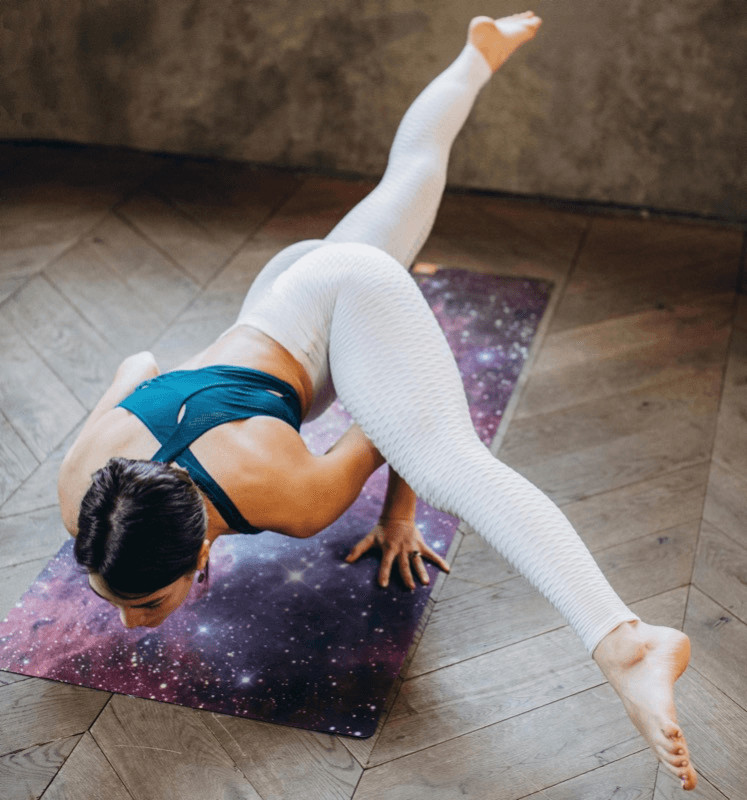
Expert Alignment Tips for Hurdler Pose
These helpful tips and attention to detail can be the magic keys to mastering Eka Pada Koundinyasana II.
Core stability: Engaging your abdominal muscles is vital for supporting yourself in this arm balance. Press your navel toward your spine and keep everything tight as you hold the pose. Lift your chest: Keep your chest lifted and collarbones spread wide to keep yourself from collapsing or pitching forward. Hip height: Keep your hips slightly higher than your shoulders. Adjust the angle of your tilt, feeling for that “sweet spot” where you feel perfectly balanced. Even weight distribution: Keep equal weight in both arms rather than letting one arm do all the work. Press both hands firmly into the floor with equal pressure and grip the mat with your fingertips. Steady gaze: Fix your eyes to a spot on the floor slightly ahead of your mat to help yourself maintain balance.Most importantly, don’t forget to breathe! Maintaining steady breaths throughout this process enhances focus and stamina within this demanding asana.
Using Yoga Props to Enhance Hurdler Pose Practice
Using props in arm balances like Hurdler Pose can help you build confidence as you strengthen your muscles. They provide extra support so you can focus better on your alignment.
Yoga Block Support
In Eka Pada Koundinyasana, yoga blocks can be your best friend. Here are a few ways you can use them.
Under your hands: Placing blocks under your palms increases your distance from the ground, giving you a bit extra lift. Under your back foot: Keeping your back leg lifted can challenge beginners. Using a block under your back foot will help keep your thigh lifted off the ground. Under your shoulders: Stack two blocks and place them under each shoulder. The blocks will stop you from tipping too far forward as you lean forward.Yoga props aren’t just for beginners. They offer support and security to experienced yogis as they progress toward more advanced postures.
I recommend keeping a few good-quality yoga blocks, like these from lululemon. That way, you’ll be prepared for anything!

lululemon’s Lift and Lengthen Yoga Block
Soft Support
Some yogis are afraid of face-planting when they first try Hurdler Pose. If you’re feeling apprehensive, place a cushion or bolster on the ground under your chest and head. It provides a soft landing in case you lose your balance, which can help you feel more confident as you’re moving into the posture.
Safety and Precautions for Eka Pada Koundinyasana II
Even if you’re somewhat new to yoga, practicing arm balances can be a fantastic way to inspire and motivate yourself. However, in complex asanas like Eka Pada Koundinyasana II, it’s even more crucial that you stay mindful of safety precautions and contraindications.
If you experience any of the following issues, you may need to use a modification or variation for this asana.
Wrist, elbow, or shoulder injury: These joints bear most of your weight in this asana while in flexed positions. If you’re recovering from an injury or dealing with issues like Carpal Tunnel Syndrome, this arm balance could worsen your discomfort. Chronic lower back pain: Balancing in this posture requires core and lower back stability. If you have chronic back pain, it might be best to skip this asana to avoid strain. Strained hip flexor, groin, or hamstring: You might guess that a posture called “Flying Splits” intensely stretches your legs. So, if you have an injury or severe tightness in those areas, try a variation like Flying Pigeon that requires a bit less flexibility. Pregnancy: In your 2nd or 3rd trimester, the weight of your belly can throw off your balance and create a fall risk.Listening to your body becomes even more crucial as you advance in your yoga practice. If you start to feel pain at any point, it’s a signal to back off and modify the asana or use a variation.
Benefits of Eka Pada Koundinyasana II
Complex arm balances like Eka Pada Koundinyasana II aren’t just visually impressive. They bring many benefits to your body and mind.
Tones the core: As with any balancing asana, your core engages to maintain stability, which in turn strengthens the abdominal muscles. Strengthens the arms and shoulders: You build significant upper body strength as you support your weight with your arms, particularly the triceps. Stretches hamstrings, groin, and hips: Stretching the muscles of your legs reduces stiffness and improves mobility over time. Enhances balance and coordination: Balancing in this asana’s asymmetrical shape helps you build proprioception, the sense of where your body is in space. Builds confidence: Arm balances are a fantastic way to build self-confidence. Pushing yourself out of your comfort zone a bit can help you realize just how strong and capable you are! Encourages patience and perseverance: Working toward a specific goal, like mastering your Flying Splits, takes dedication and determination. These qualities translate directly to other areas of life that require patience and perseverance.Integrating Hurdler Pose into a Yoga Sequence
Typically, you’ll encounter Eka Pada Koundinyasana II as a “peak pose” or as a transition in a Vinyasa sequence. There are many creative ways to incorporate it into your routine.
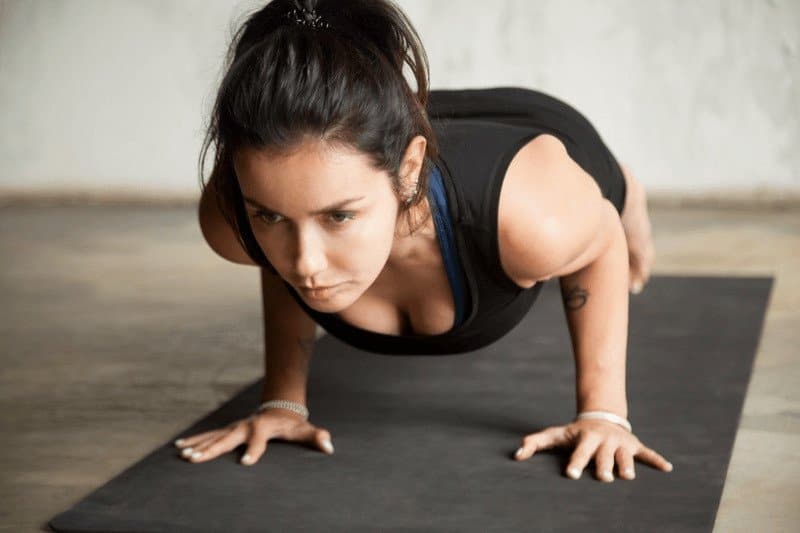
Preparatory Asana Suggestions
Warrior II and Lizard Pose open your hips and stretch your hamstrings. Chaturanga will help set up proper alignment in your arms. Crow or Crane is a more basic arm balance to help you get “in the zone.”Transition Poses
Once you feel solid in your Eka Pada Koundinyasana II, it’s time to try a creative transition! Here are some poses that work well moving into and out of Flying Splits.
Three-legged Downward Facing Dog, Side Plank, and Revolved Side Angle Flying Pigeon and Eight-Angle PosesIf you’d like more guidance in building a sequence, I recommend checking out Yogadownload.com’s free online classes. You can find arm-balancing workshops and flows specifically featuring Eka Pada Koundinyasana II.
Cool-down Phase
After practicing intense asanas like the Flying Splits, it’s essential to cool down properly.
Seated forward bends are excellent because they stretch and release the hamstrings further. Spinal twists help release tension in the spine after such intense work.Cooling down helps return breathing to normal and minimizes muscle soreness later on.
Closing Thoughts
Whether you call it Hurdler Pose, Flying Splits, Eka Pada Koundinyasana II, or EPK-2, this dynamic arm balance is undoubtedly a highlight of modern yoga sequencing. I love that despite its modern origin, this asana honors the spiritual roots of yoga in its dedication to Sage Koundinya.
Setting specific goals in your yoga practice is a way to build physical strength and qualities like patience and self-confidence. Eka Pada Koundinyasana II offers a beautiful opportunity for growth, whether seeking to deepen your practice or explore new challenges.
Take your yoga to new heights — figuratively and literally — as you explore, learn, and grow with each asana. To receive regular yoga inspiration straight to your inbox, join our email newsletter!
Pop quiz! 🧘🤔
Hurdler Pose is a beginning yoga pose.
Hurdler Pose is a traditional asana dating back centuries.
Eka Pada Koundinyasana II is the Sanskrit name for Hurdler Pose.
Frequently Asked Questions
What is Eka Pada Koundinyasana II?
Eka Pada Koundinyasana IIoras Hurdler Pose, or Flying Splits, is an advanced yoga posture that combines balance, strength, and flexibility. You balance your torso on your arms while extending one leg forward and the other back.
Can yoga props help in practicing this advanced arm balance?
Yes, yoga blocks can assist you in your Flying Splits by providing support and stability as you build strength and flexibility.
What are some benefits of practicing Eka Pada Koundinyasana II?
This challenging asana strengthens the upper body, tones the core, builds balance, and enhances flexibility in the groin and hamstrings. Mentally, it teaches patience and builds self-confidence.
How can I integrate this asana into my yoga sequence?
First, warm up properly by stretching your legs, specifically your hamstrings. Then, use Flying Splits as a peak pose to make a transition with other arm balances.
Are there any safety precautions for practicing Eka Pada Koundinyasana II?
Avoid this posture if you have wrist, elbow, or shoulder injuries. Always warm up thoroughly before attempting it, and listen to your limits to prevent overexertion.
Thanks for your feedback!

 Kass
Kass 







